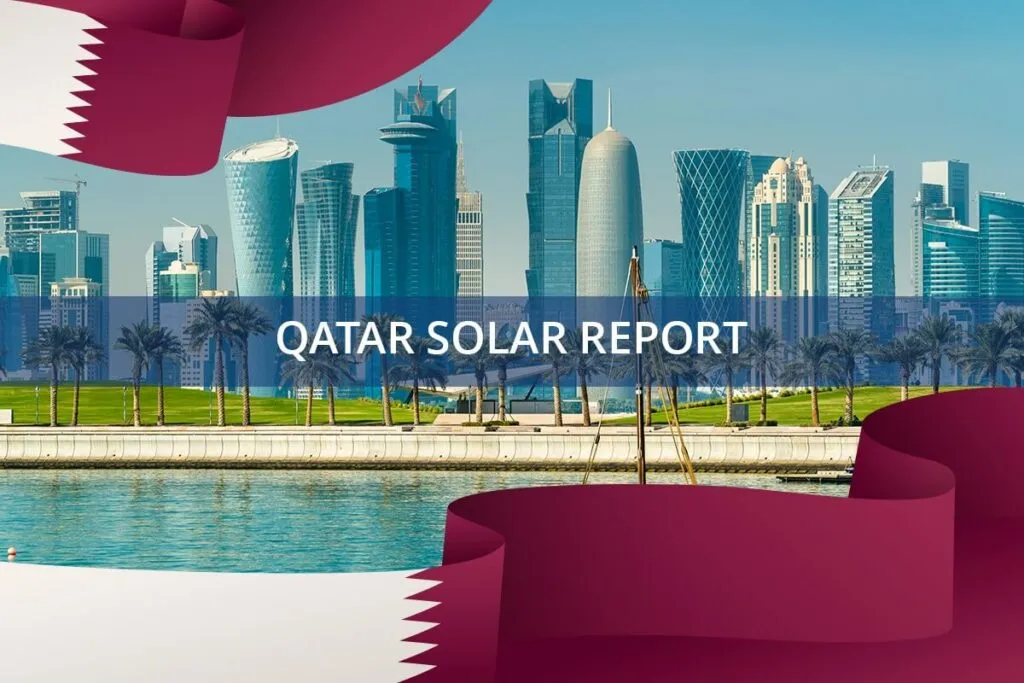Qatar is set to increase its renewable energy production from 5% to an impressive 18% by 2030. This target is part of a broader strategy to develop a robust energy system fueled primarily by natural gas and complemented by renewable resources like solar power.
Renewable energy expansion goals
Currently, renewable energy makes up just under 5% of Qatar’s energy mix. Abdulrahman Ibrahim Al-Baker, Director of Planning and Production Development at the Qatar General Electricity and Water Corporation (Kahramaa), expects this figure to grow to 4 gigawatts (GW) from centralized renewable projects and 1.2 GW from distributed projects by 2030.
These goals align with Qatar’s renewable energy strategy, which aims to maximize the social, economic, and environmental value of its programs and contribute to the nation’s low-carbon transformation.
The strategy emphasizes reducing carbon emissions, enhancing grid reliability, and increasing the share of renewables in the overall energy mix. They form a key part of Qatar’s National Development Strategy 2024-2030, which envisions sustainable and competitive energy solutions.
Al-Baker highlighted the economic benefits of advancing wind and solar technologies, especially with the falling cost of photovoltaic (PV) solar. The levelized cost of electricity (LCOE) for PV solar fell from 4 cents per kWh in 2017 to 1.5 cents in 2023, and is projected to decrease to 0.9 cents by 2030. This sharp drop in cost makes solar energy an increasingly attractive option for meeting the country’s growing energy demands.
By integrating renewable energy sources into its power grid, Qatar aims to reduce its reliance on imported energy and fossil fuels. This move is expected to yield long-term economic benefits, such as the creation of green jobs and the development of new industries related to renewable energy technology.
Solar energy potential in Qatar
A diversified energy supply will improve Qatar’s energy security and power sector resilience, reducing the average cost of generation by an estimated 15% by 2030. This strategy integrates high-efficiency natural gas generation with renewable installations to achieve a reliable and resilient energy system.
Qatar has significant solar potential, with some of the highest levels of global horizontal solar radiation—ranging between 2,140 and 2,192 Wh/m²/day, according to the Solar Energy Research Institute of Singapore. This abundant solar resource positions Qatar as an ideal location for large-scale solar energy projects, which can provide a stable source of clean energy while helping to reduce greenhouse gas emissions and conserve natural resources.
Current renewable energy projects
Qatar’s renewable sector includes the Siraj 1 solar power plant in Al Kharsaah, which has a capacity of 800 MW, and over 9 MW from other distributed solar energy projects. Representing a significant milestone in the country’s renewable energy journey, Siraj 1 is one of the largest solar power plants in the region and is expected to generate enough electricity to power thousands of homes.
This project is a crucial step, as thermal generation still accounts for more than 90% of Qatar’s total electricity generation capacity of 12 GW.
However, the private sector’s limited capacity to undertake large projects and the absence of experienced companies pose challenges. Supporting the necessary infrastructure will require a substantial investment of approximately $7.6 billion by 2030.
Building capacity and attracting investment
To address these challenges, Qatar aims to enhance the capabilities of renewable energy development companies and attract investment in related manufacturing activities. The goal is to encourage firms in this sector to scale up domestically and achieve financial self-sufficiency from foreign markets.
The government is also focusing on developing local expertise in renewable energy technologies through education and training programs designed to create a skilled workforce capable of supporting the sector’s growth.
Qatar’s ambitious plan to increase its renewable energy capacity to 18% by 2030 reflects a commitment to sustainable development and energy diversification. By capitalizing on its abundant solar resources and the falling costs of renewable technology, the nation is well-positioned for a sustainable energy future.
This strategy promises greater energy security, economic diversification, and employment opportunities, setting a powerful example for other nations in the region and beyond. As Qatar moves towards its 2030 targets, it is set to transform its energy landscape and showcase the potential of renewables to drive both economic growth and environmental sustainability.



